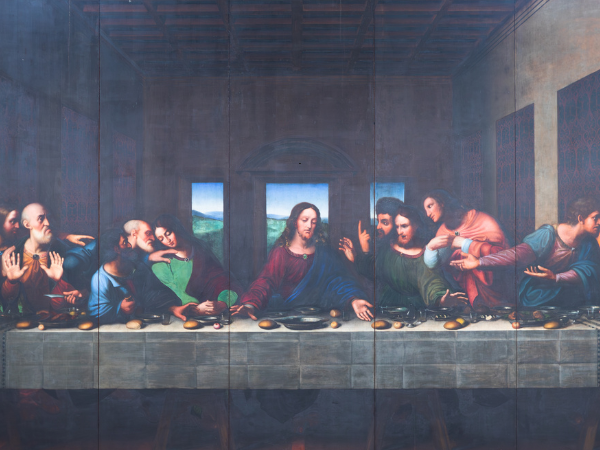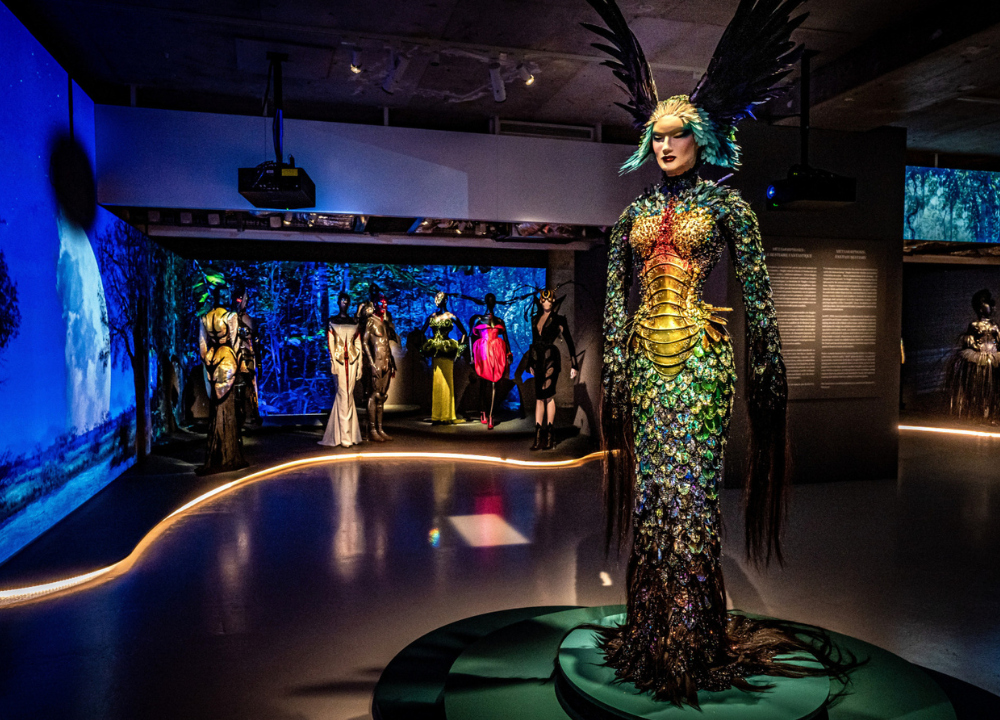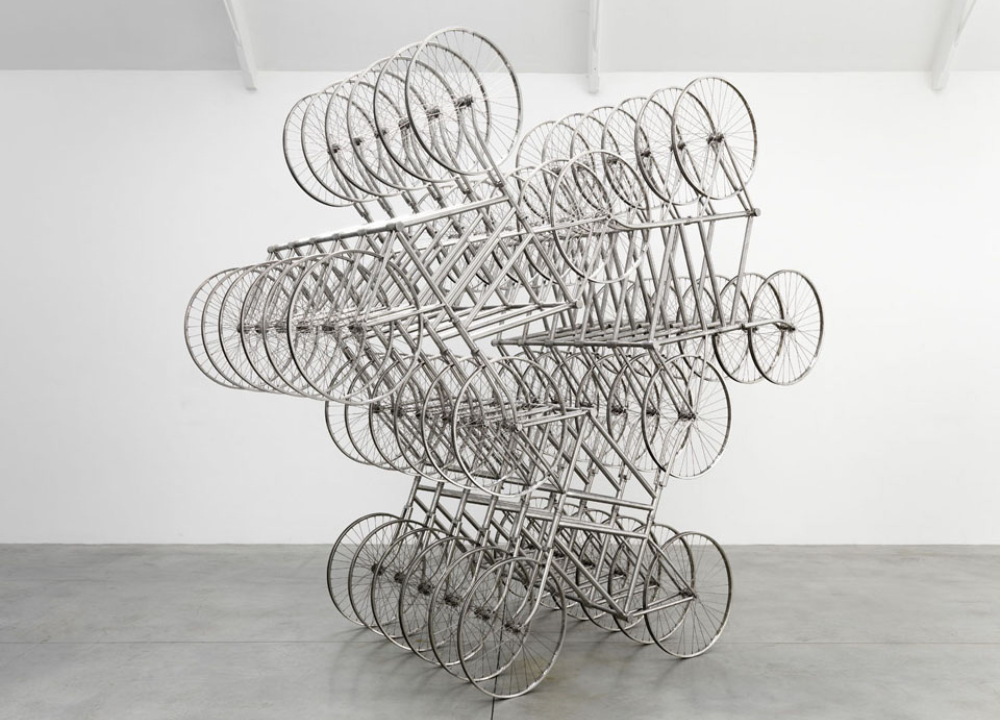Throughout history, artists have embedded hidden meanings, symbols, and subtle details in their masterpieces. These secrets often reveal political messages, personal struggles, or cultural commentary that go far beyond the surface beauty of the artwork. By uncovering these layers, we gain a deeper understanding of both the artist and the time in which they lived.
Symbolism in Leonardo da Vinci’s Mona Lisa
Leonardo da Vinci’s Mona Lisa is one of the most studied paintings in the world, yet it continues to puzzle viewers with its enigmatic smile and subtle details.
- The background landscape is thought to represent harmony between humanity and nature.
- Her faint smile has been analyzed as a symbol of inner mystery and emotional depth.
- Some scholars suggest hidden letters are painted in her eyes, visible only under magnification.
- The absence of eyebrows and eyelashes may reflect unfinished work or symbolic restraint.
- The use of sfumato (soft blending) creates a dreamlike, almost spiritual atmosphere.
These details remind us that da Vinci was not only a painter but also a scientist and philosopher. His ability to merge technical mastery with symbolic depth makes the Mona Lisa a timeless enigma.
Hidden Messages in Michelangelo’s Sistine Chapel Ceiling
Michelangelo’s Sistine Chapel ceiling is a monumental work filled with biblical scenes, yet beneath the religious imagery lie coded messages and anatomical references.
- The central panel of God creating Adam resembles the shape of a human brain.
- Scholars argue this symbolizes the divine gift of intellect to humanity.
- Figures and poses echo classical sculptures, blending pagan and Christian traditions.
- The placement of prophets and sibyls suggests a dialogue between ancient wisdom and faith.
- Subtle gestures and gazes create hidden connections across panels.
Michelangelo’s genius was not only in his painting skill but in his ability to embed layers of meaning. The ceiling becomes more than decoration—it is a coded manifesto of human potential and divine connection.
The Political Allegories of Picasso’s Guernica
Painted in 1937, Picasso’s Guernica is one of the most powerful anti-war statements in art history. Its chaotic imagery hides layers of political symbolism.
- The bull represents brutality and darkness.
- The horse symbolizes the suffering of the Spanish people.
- A light bulb at the top may reference technological destruction in modern warfare.
- Fragmented bodies reflect the horrors of aerial bombing.
- The monochrome palette evokes the starkness of newspaper photographs.
Beyond its immediate political message, Guernica remains a universal symbol of resistance against violence. Its hidden allegories continue to resonate in times of conflict worldwide.
Religious Codes in Jan van Eyck’s The Arnolfini Portrait
Jan van Eyck’s The Arnolfini Portrait (1434) is often seen as a simple wedding scene, but closer inspection reveals layers of religious and symbolic meaning.
- The dog at the couple’s feet symbolizes loyalty and fidelity.
- The single candle burning in the chandelier may represent the presence of God.
- The convex mirror reflects two additional figures, possibly witnesses or the artist himself.
- The woman’s green dress symbolizes fertility and hope.
- The placement of fruit on the windowsill suggests wealth and divine blessing.
This painting is not just a portrait—it is a carefully constructed visual contract, blending personal, religious, and social symbolism into one masterpiece.
Surreal Secrets in Salvador Dalí’s The Persistence of Memory
Dalí’s surrealist masterpiece, painted in 1931, is famous for its melting clocks, but its hidden meanings go much deeper.
- The melting clocks symbolize the fluidity of time and memory.
- The barren landscape reflects Dalí’s Catalonian homeland.
- The strange central figure is thought to be a distorted self-portrait.
- Ants crawling on a clock suggest decay and the inevitability of death.
- The dreamlike quality reflects Freud’s influence on Dalí’s exploration of the subconscious.
Dalí’s work challenges viewers to question reality itself. By embedding surreal symbols, he forces us to confront the instability of time, memory, and identity.
Revolutionary Ideas in Eugène Delacroix’s Liberty Leading the People
Delacroix’s 1830 painting is both a patriotic symbol and a coded political statement. It captures the July Revolution in France but also hides deeper meanings.
- Liberty is personified as a woman, blending allegory with realism.
- Her Phrygian cap symbolizes freedom and revolution.
- The mix of social classes in the crowd reflects unity across society.
- The fallen bodies remind viewers of the cost of freedom.
- The smoke-filled background suggests chaos but also transformation.
Delacroix’s masterpiece is not just a record of revolution—it is a call to action. Its hidden symbols remind us that liberty is both an ideal and a struggle.
Mysteries of Hieronymus Bosch’s The Garden of Earthly Delights
Bosch’s triptych is one of the most mysterious works in Western art, filled with bizarre creatures and surreal landscapes.
- The left panel depicts Eden, with unusual interpretations of Adam and Eve.
- The central panel shows humanity indulging in earthly pleasures.
- The right panel portrays a nightmarish vision of Hell.
- Strange hybrid animals symbolize temptation and sin.
- Musical instruments in Hell may represent the dangers of excess and vanity.
Bosch’s masterpiece is a puzzle that continues to fascinate scholars. Its hidden meanings reflect medieval anxieties about morality, temptation, and the afterlife.
Modern Interpretations of Edvard Munch’s The Scream
Munch’s The Scream (1893) is one of the most iconic images in modern art, but its hidden meanings go beyond the figure’s haunting expression.
- The swirling sky may reflect volcanic sunsets observed in Norway.
- The figure’s pose suggests existential dread and inner turmoil.
- The bridge separates the figure from the background, symbolizing isolation.
- Two distant figures may represent society’s indifference.
- Munch himself described the painting as capturing “the scream of nature.”
This painting continues to resonate because it captures universal human anxiety. Its hidden layers remind us that art can express emotions too vast for words.
Conclusion
The world’s most famous paintings are more than masterpieces of technique—they are coded messages, layered with symbolism, politics, and personal meaning. By uncovering these secrets, we not only appreciate the genius of the artists but also gain insight into the societies and struggles that shaped their work. These hidden details ensure that great art remains endlessly fascinating, inviting each generation to discover something new.




